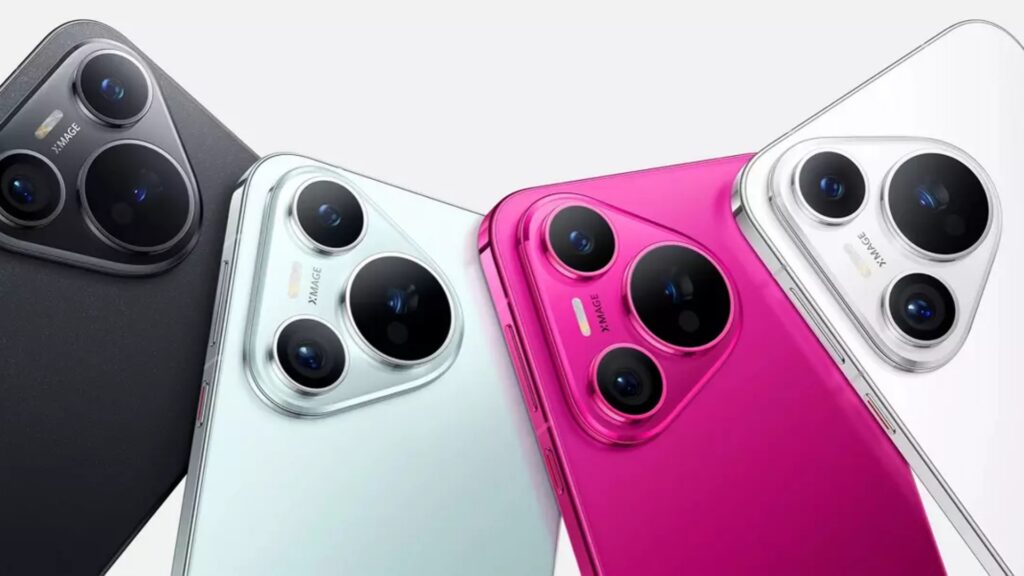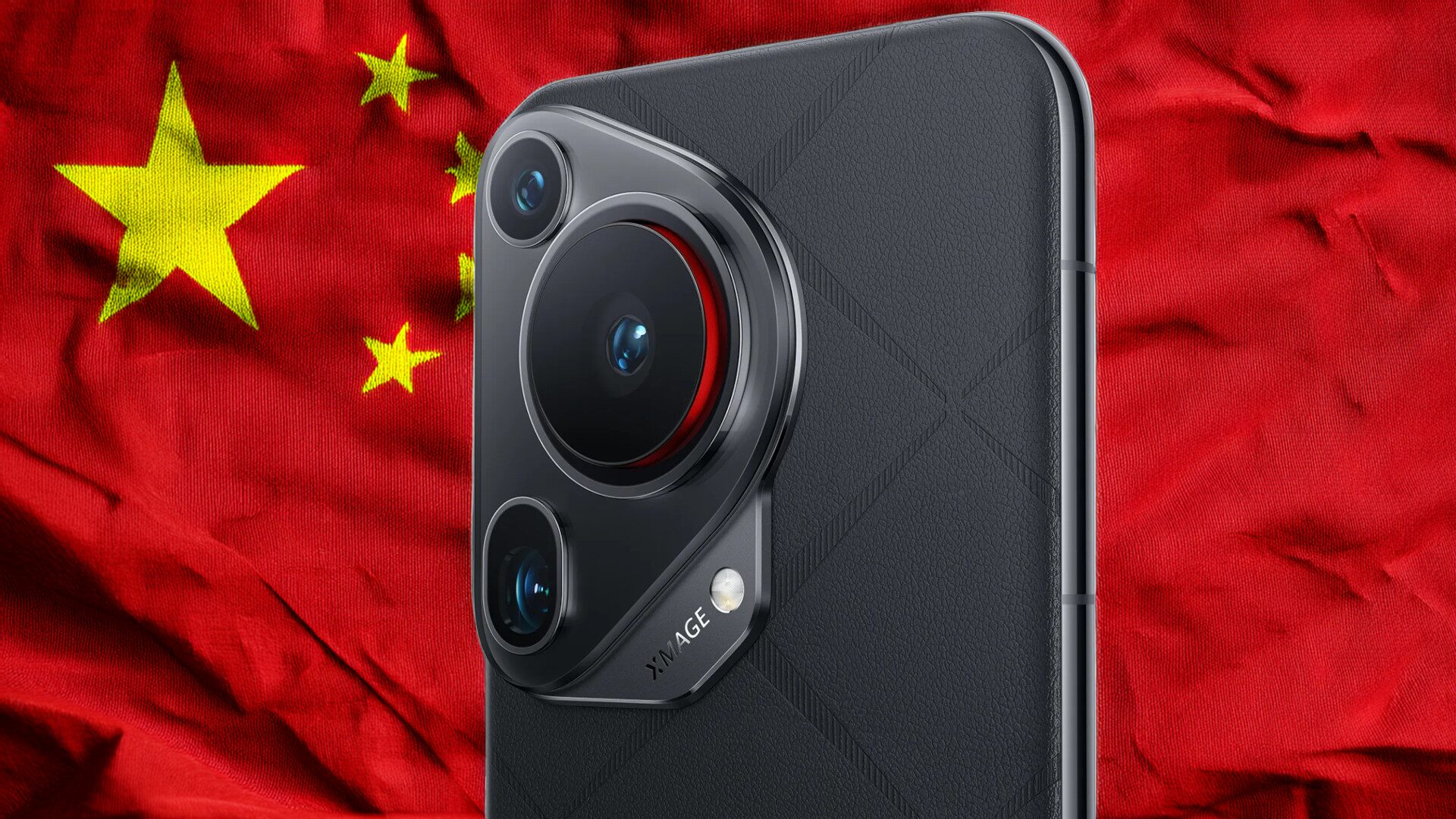After the Kirin 9000s engraved in 7 nanometers, place the Kirin 9010 still engraved in 7 nm. Huawei, which had achieved a technological feat, seems condemned to a lower margin of progress than the competition.
This is called a comeback. Shot down in mid-flight by Donald Trump's United States, which placed it on a commercial blacklist in 2019, Huawei has not only lost its access to Google services and European markets. The Chinese giant no longer has the right to work with founders like TSMC, which deprives it of all the latest chip technologies. Its business collapsed for several years, until an incredible comeback in September 2023. It is today close to first place in the ranking of the best smartphone sellers in China, with an annual increase of 110%.
Advertisement
In September 2023, Huawei unveiled the Mate 60, its first 5G smartphone in several years. The particularity of this smartphone is that it uses a chip designed by a Chinese founder, SMIC, with technologies not so far removed from what other brands do.
Huawei Pura 70: a slight evolution of the Chinese chip
Engraved in 7 nanometers, Huawei's Kirin 9000s chip is quite an achievement. Many commentators thought this technology was inaccessible to China, even if some experts now put this performance into perspective. Huawei and SMIC, its partner, still do not have access to the latest machines and will not be able to engrave in 5 nm, 3 nm or, one day, 1.6 nm, like the rest of the industry.

Regardless, even with outdated performance, Huawei has made a comeback in the high-end sector. Its Mate 60 is less optimized than an iPhone 15 Pro, so what? The Chinese market seems to be flocking to him, particularly for his photographic performances.
In April 2024, Huawei unveiled the Pura 70 (successor to the P60), a new high-end 5G compatible smartphone. It goes from the Kirin 9000s chip to the Kirin 9010 chip, also engraved in 7 nanometers, with an N+2 process. SMIC improves its process, but remains on the same type of technology as during its previous exploit. Something to reassure American regulators on China's ability to circumvent its sanctions.
Advertisement


In China, the limits in the performance of the Huawei Pura 70 should not prevent it from selling in droves, first for its qualities, then for sovereignty. Elsewhere, the absence of Google services and other American apps remains an insurmountable obstacle for the Chinese manufacturer.
Regardless, in just five years, Huawei has managed to do what no one imagined. SMIC's 7nm chips may not be competitive, but are proof that China is not wrong when it thinks it can go it alone.
